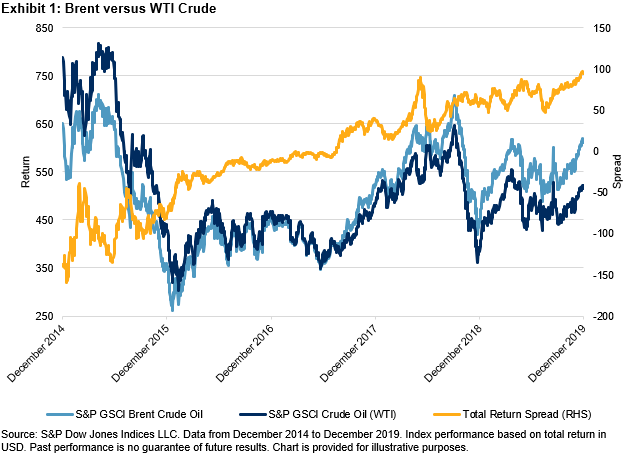The four most dangerous words in investing are “This time it’s different.” – Sir John Templeton
As investors ponder the ultimate extent of the coronavirus epidemic, this week’s equity market declines are of natural concern to every asset owner. The obvious question, after near-record point drops in major indices yesterday and today, is how much worse the damage might get.
To relieve your suspense immediately, I confess that I don’t know. Furthermore I don’t know anyone who does know, and I am cynical enough to suggest that anyone who claims to know should be presumed to have a tenuous (and possibly mendacious) grasp of reality. It’s not just the compliance department that keeps us from giving investment advice.
What we can do, however, is to offer some insights from our study of index dynamics. In 2016, we introduced the dispersion-correlation map to provide perspective on both good and bad markets, as shown in Exhibit 1.
Exhibit 1. Dispersion-Correlation Map for S&P 500

Each point in the exhibit represents the average dispersion and correlation for the S&P 500 in the indicated calendar year; the numbers in parentheses are the year’s total return. The exhibit shows that truly bad markets — the deflation of the technology bubble, or the global financial crisis — have only occurred in the presence of very high dispersion. The converse is not true — some high dispersion years have seen strong positive returns. But it’s fair to observe, based on data back to 1991, that high dispersion seems to be a necessary though not sufficient condition for a bear market.
Comparing the month ended February 24th with these historical data suggests that we are not on the verge of a prolonged market decline. This conclusion is reinforced when we look at monthly data for two notably bad years.
Exhibit 2. Dispersion and Correlation by Month, 2001 and 2008

The data in Exhibit 2 show dispersion and correlation for individual months, as opposed to the annual averages of Exhibit 1. It’s clear that current dispersion levels are far below those prevailing in 2001 or 2008. This can change, of course — in 21 more days we’ll have a completely new set of observations. And it’s certainly possible that the pattern we’ve observed for the past 30 years can admit of an exception. But unless such an exception occurs, or unless dispersion increases dramatically from its current level, it seems unlikely that we’re on the cusp of a sustained bear market.
The posts on this blog are opinions, not advice. Please read our Disclaimers.
























































